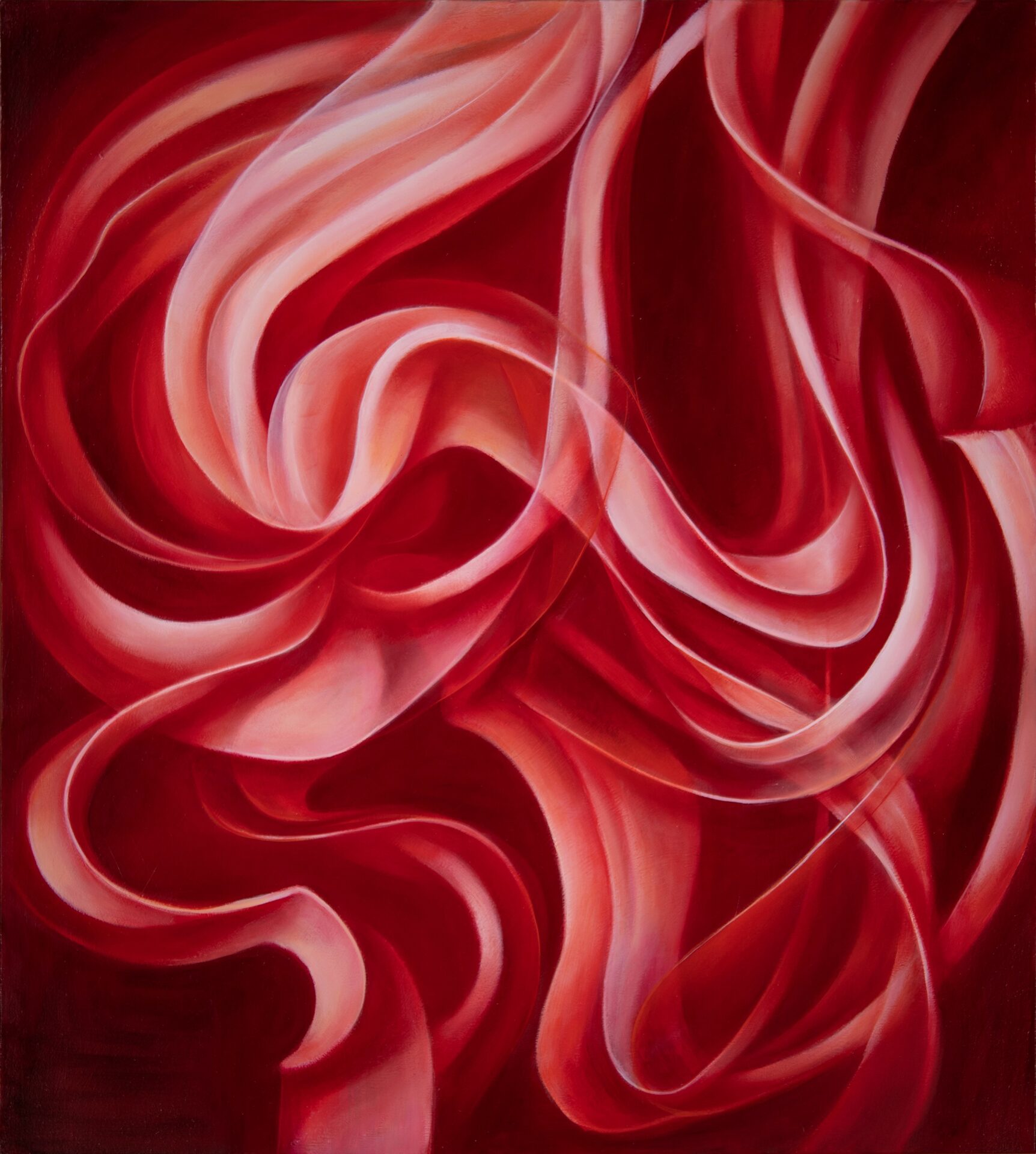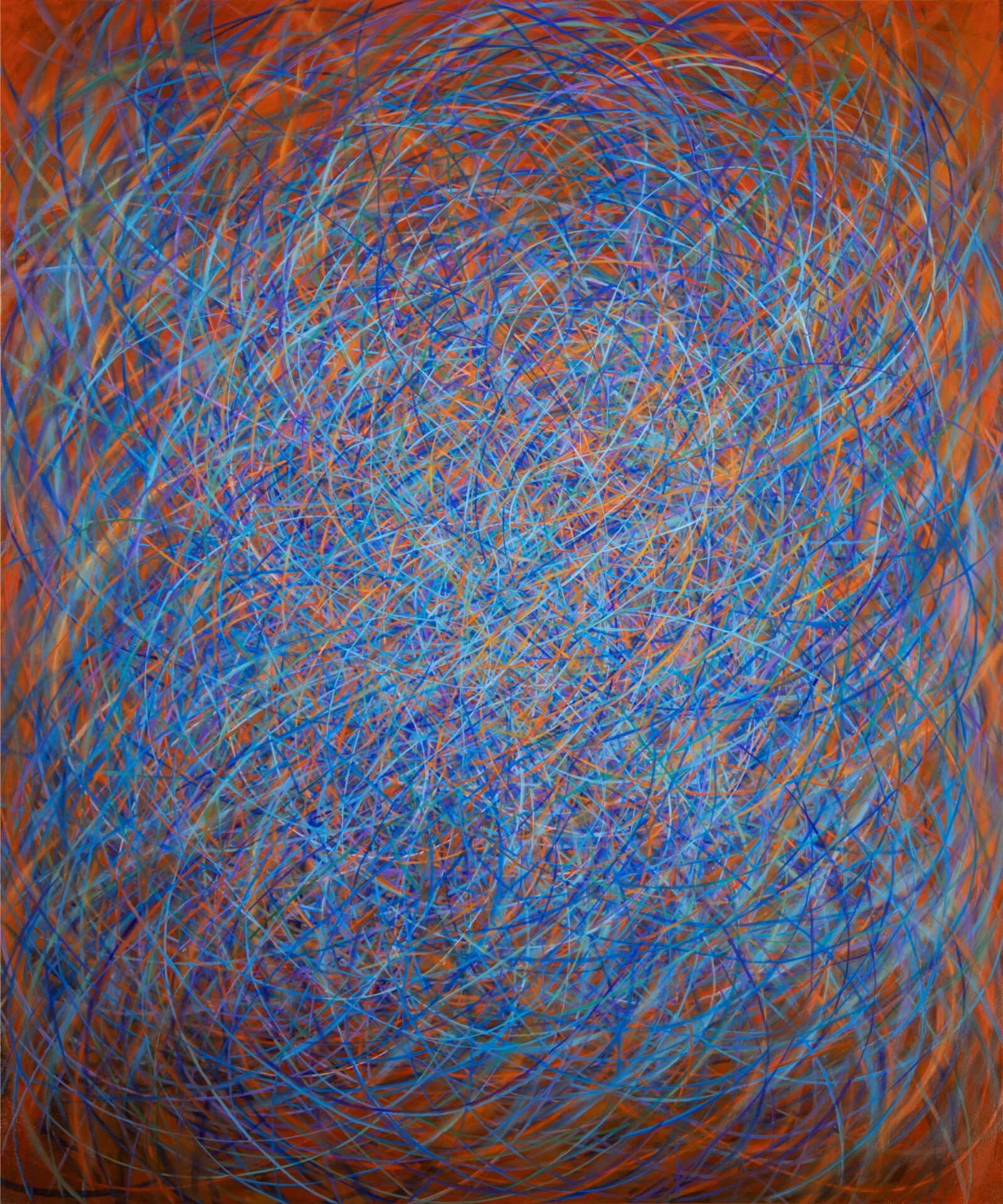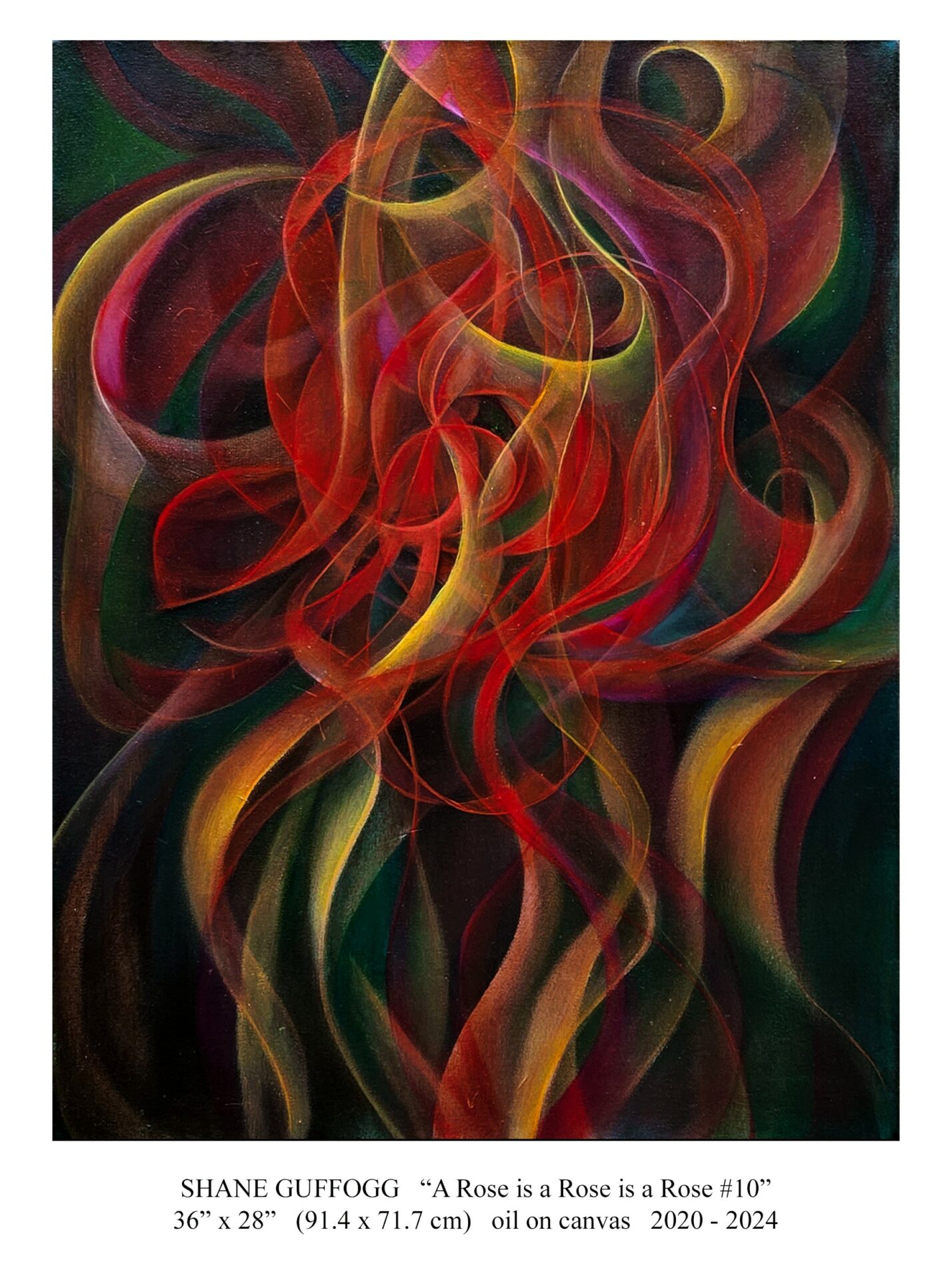We were lucky to catch up with Shane Guffogg recently and have shared our conversation below.
Hi Shane, thanks for sharing your insights with our community today. Part of your success, no doubt, is due to your work ethic and so we’d love if you could open up about where you got your work ethic from?
That question has a simple answer; my father. My Neville Guffogg, grew up in Bolton, England, and at 15 years of age, began working in the coal mines Due to family economics, he was kept home when he was a boy to help his mother run a boarding house and was always behind on his school work, hence he was not good in school. So he went after the best-paying job he could find while having no education and that was coal mining. He came to the United States in 1957 to pursue the American Dream and through hard work and a can-do attitude, he lived his version of the American Dream because of his work ethic,
Thanks for sharing that. So, before we get any further into our conversation, can you tell our readers a bit about yourself and what you’re working on?
I am first and foremost an artist, though I wear many hats throughout each day. I grew up in a small farming town in Central California but was drawing as soon as I could hold a pencil. In first grade the teacher spotted my ability to draw and had my parents come in for a meeting, I have been wearing the label of “artist” ever since. I have always had a thirst for knowledge and before the age of the smartphone, I usually was reading five books at a time. They would range from topics like Quantum Physics, the study of language as a way of mapping out human migration, biographies on artists, etc. I think of the arts as a form of communication, so the big question is, what do I want to say and how do I want to say it? I have found that oil paint is my medium of choice. For me, the greatest challenge is to take an ancient art form, like painting, and say something new with it I attended Cal Arts in the early 1980s and what I was influenced the most by was the other art forms, such as music. Every day there would be a concert somewhere on campus. One day it was classical Indian raga, the next a jazz quartet, the next minimalism by Steve Reich, the next, African. They were all sounds that allowed me to see the world around me differently. I am often called an abstract artist, but abstraction is my subject, which I paint realistically, which then would put me in the column of being a realist. But paint and what it can convey is the subject and object. I like to think of my work as a bridge between the conscious and the subconscious.
In 2004 I helped to launch a non-profit in downtown LA called Pharmaka. It was a moment in time that lasted five years, exploring the conceptual ideas concerning the relevancy of painting. I now have a TV series called The art of Art. I go to artist’s studios and pull back the curtain to see who they are and what inspires them to create.
I am currently in an exhibition at the Forest Lawn Museum in Glendale, California. The title of the exhibition is Shaping Gravity, Abstract Art Beyond the Picture Plane, which runs until March 9th. Then on April 17th, I have a solo exhibition opening at the Bovolo Museum in Venice, Italy that will feature 21 new paintings that is a visual conversation I am having with the poet TS Eliot and his genius work, Four Quartets. That exhibition will run for 7 months. One last thing I am working on is collaborating with a pianist and AI software programmer to create musical scores based on how I hear color, or in reality, how I hear my paintings. If this goes as planned, it will be a concert at the Forest Lawn Concert Hall on March 9th and another concert at the Ca Pesaro International Museum of Modern Art in the fall. That concert will be part of a ceremony to celebrate the acquisition of a Still Point painting of mine titled The Silent Withering of Autumn Leaves. This painting will also be the source of the musical composition that will be performed.
Looking back, what do you think were the three qualities, skills, or areas of knowledge that were most impactful in your journey? What advice do you have for folks who are early in their journey in terms of how they can best develop or improve on these?
The most important thing is to allow myself to dream. I wouldn’t have had a career as an artist if I hadn’t imagined it first. The second is perseverance. I don’t believe in home run hits. Having a career and doing what you love takes time and many ups and downs are challenging. Perseverance is key. The third is discipline. I work every day, whether I am in the mood or not. One thing I tell young artists is if the economy is good does that mean you make a good painting? Or if the economy is bad does that mean you make a bad painting? The key is showing up every day.
Thanks so much for sharing all these insights with us today. Before we go, is there a book that’s played in important role in your development?
The book is Letters to a Young Poet by Rilke. The small book is made up of his responses to a young poet who is asking for guidance and advice. He also asks Rilke to say whether his poems are good. Rilke’s responses are nuggets of pure gold for anyone who is seeking their path in life.
Contact Info:
- Website: www.shaneguffogg.com
- Instagram: Guffogg_shane and sguffogg
- Facebook: Shane Guffogg



Image Credits
portrait of me is by Sonia Huckabay




